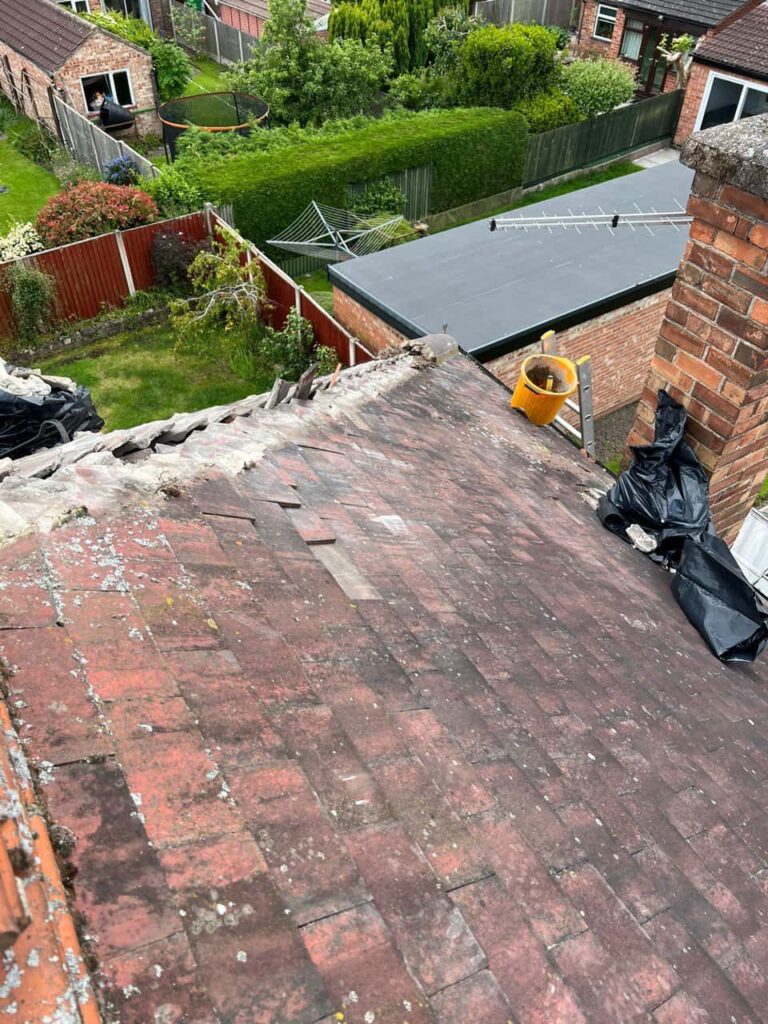Pitched roofs have been a staple of British architecture for centuries, providing reliable protection against the elements. However, with modern flat roof designs gaining popularity, some homeowners may wonder whether pitched roofs are outdated or if they remain the best choice for residential properties. Understanding the benefits and considerations of pitched roofs can help you make an informed decision when planning a new roof or replacement.
The Advantages of Pitched Roofs
Superior Weather Protection
One of the main reasons pitched roofs have stood the test of time is their ability to withstand the British climate. Their sloped design efficiently directs rainwater and snow away from the structure, reducing the risk of leaks and water damage. This is particularly beneficial in areas with frequent heavy rainfall, such as Leicestershire.
Longevity and Durability
Pitched roofs generally last longer than flat roofs due to their robust structure and the quality of materials used. Depending on the roofing material, a well-maintained pitched roof can last 50 years or more, making it a cost-effective long-term investment.
Better Insulation and Energy Efficiency
Pitched roofs provide better thermal insulation than flat roofs, helping to regulate indoor temperatures. The additional loft space allows for improved ventilation and the installation of high-quality insulation, reducing heat loss during winter and minimising energy costs.
Increased Property Value
A well-maintained pitched roof adds aesthetic appeal and functionality to a property, often increasing its market value. Homebuyers typically view pitched roofs as a sign of structural reliability, making them an attractive feature when selling a home.
Are There Any Downsides to Pitched Roofs?
Higher Initial Costs
The construction of a pitched roof is generally more expensive than a flat roof due to the complexity of its design and the additional materials required. However, the long-term benefits, including durability and energy efficiency, often outweigh the initial investment.
Requires More Space
Pitched roofs require a higher structure, which may not always be feasible for smaller properties or extensions. However, the additional space can be utilised as loft storage or converted into an extra room, adding to the home’s usability.
How Do Pitched Roofs Compare to Flat Roofs?
While flat roofs offer a modern aesthetic and are often more cost-effective for smaller structures, they require regular maintenance to prevent water pooling and leaks. Pitched roofs, on the other hand, are more resilient and require less frequent repairs, making them a lower-maintenance option in the long run.
Conclusion
Pitched roofs may be a traditional design, but they remain one of the smartest choices for residential properties. Their durability, weather resistance, and energy efficiency make them a reliable roofing solution for homeowners in Narborough and beyond.
If you are considering a new roof or a replacement, opting for a pitched roof could be the best decision for your home’s longevity and value. Contact us today for expert roofing advice and high-quality installation services.
Call us on: 0116 216 3498
Click here to find out more about Narborough Roofing Repairs
Click here to complete our contact form and see how we can help with your roofing needs.

